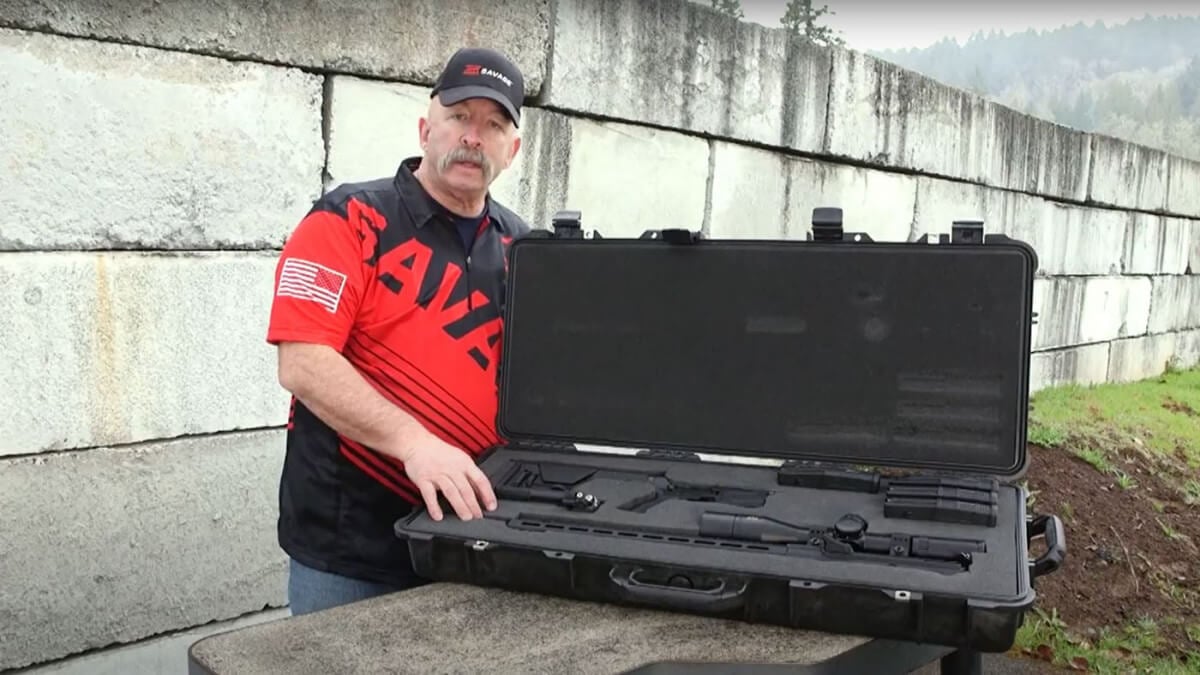- Savage Blog
- Tips for Traveling with Firearms
Tips for Traveling with Firearms

Traveling with firearms is stressful. Add in the worry of what condition your firearm will be upon arrival and anxiety can spike. Then, of course, there is always the rush to check zero and make sure the rifle is still hitting its mark. Here to help is professional shooter Stan Pate. Pate has traveled the globe competing with competition rifles. Heed his advice and put your airline worries to rest.
Easier Air Travel With Firearms
TSA isn’t nearly as careful with your rifles as you are. Proper storage before sending your firearm up a conveyer belt and into the belly of a plane is critical. Stan Pate spends lots of time each year traveling the skies and has devised a system for keeping his rifle safe when going to and from.
"Never travel with your firearm completely assembled," notes Pate. "A fully assembled firearm is much heavier than one that has been broken-down and stored. More weight creates more in-the-case movement, which can result in damage. I learned this the hard way years ago. My rifle was actually broken in half when traveling to an international competition. Record your torque settings, use those settings during reassembly and your return to zero should be no problem.
"Be sure to check on current TSA rules and regulations before travel to be aware of any changes that may effect how you pack your rifles," says Pate.
The Fastest Way To Reestablish Zero
The quicker you can reestablish your zero, the quicker you can relax and stop worrying about if your rounds are going to hit their mark during competition. Pate, over the years, has developed a fool-proof system for rifle reassembly and getting back to zero as quickly as possible. While his torque settings may not be the same as yours, the process can still be used by all.

"The barreled-action goes back on the stock, and then I tighten all three receiver screws finger tight," says Pate. "Next, I tighten the front two receiver screws down to 35-inch pounds. The rear receiver screws on this particular rifle likes 15-inch pounds. Scope attachment comes next, and I follow manufacturer settings when tightening it down. All that’s left to do now is go zero your rifle."

